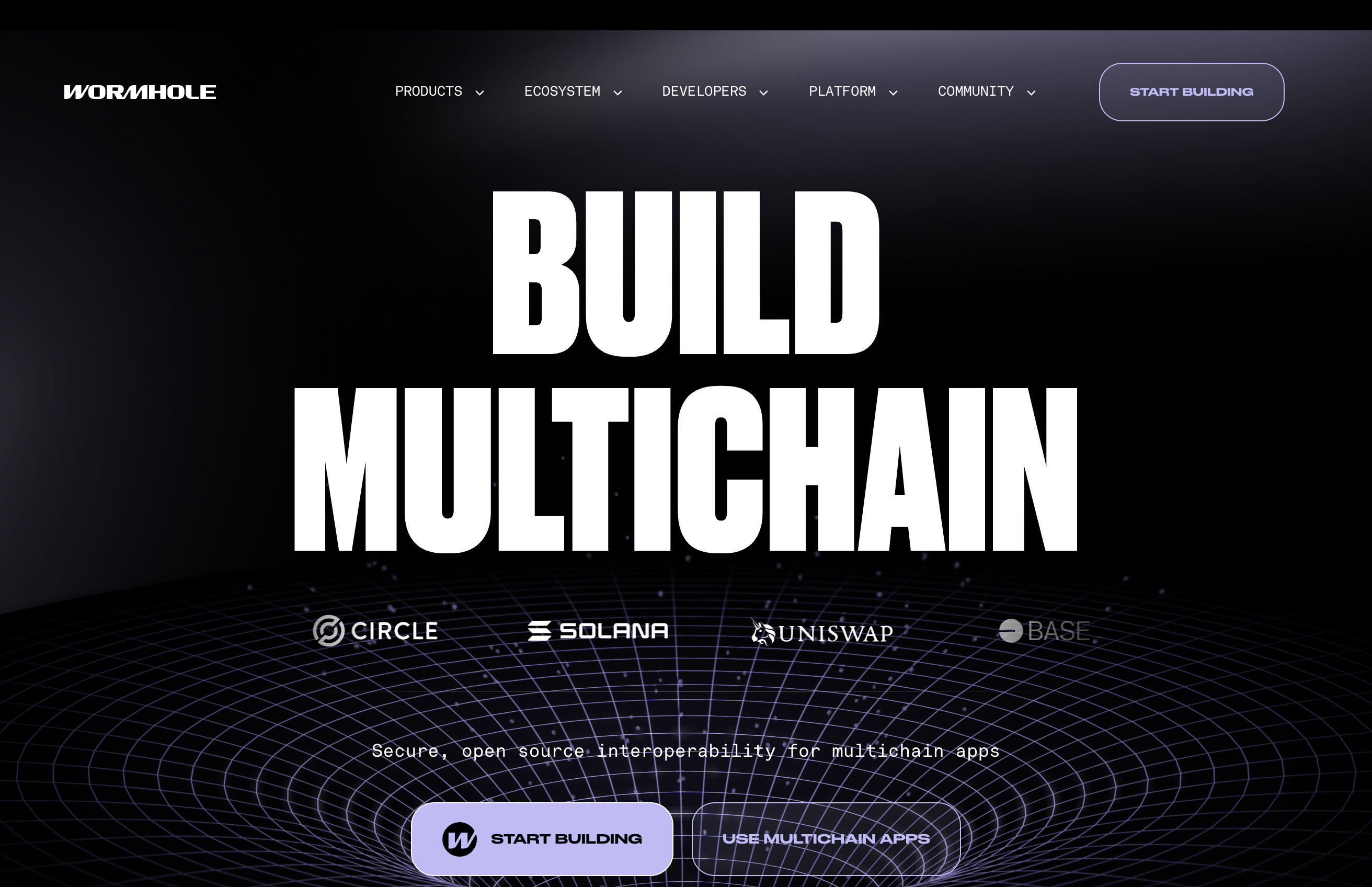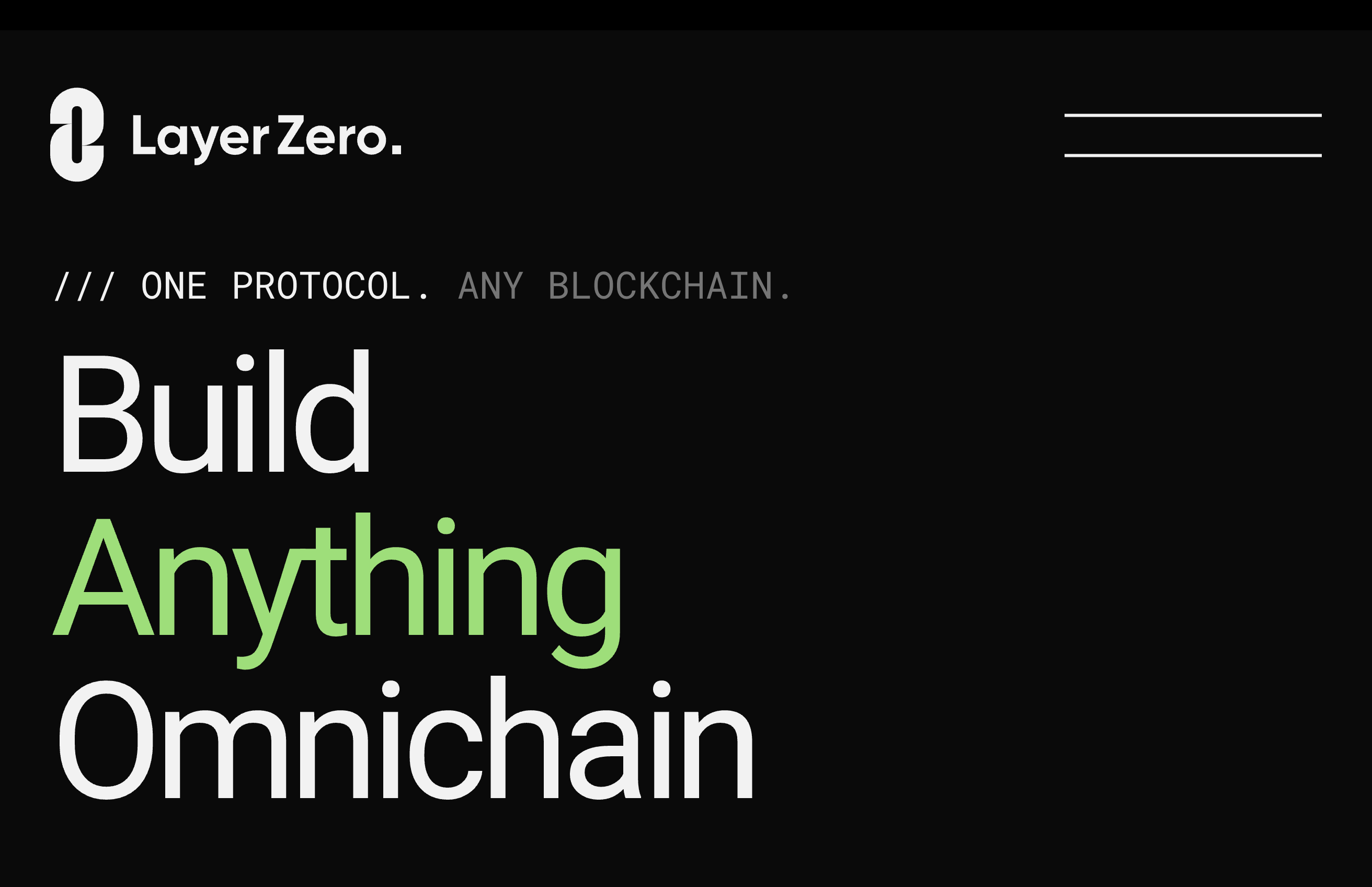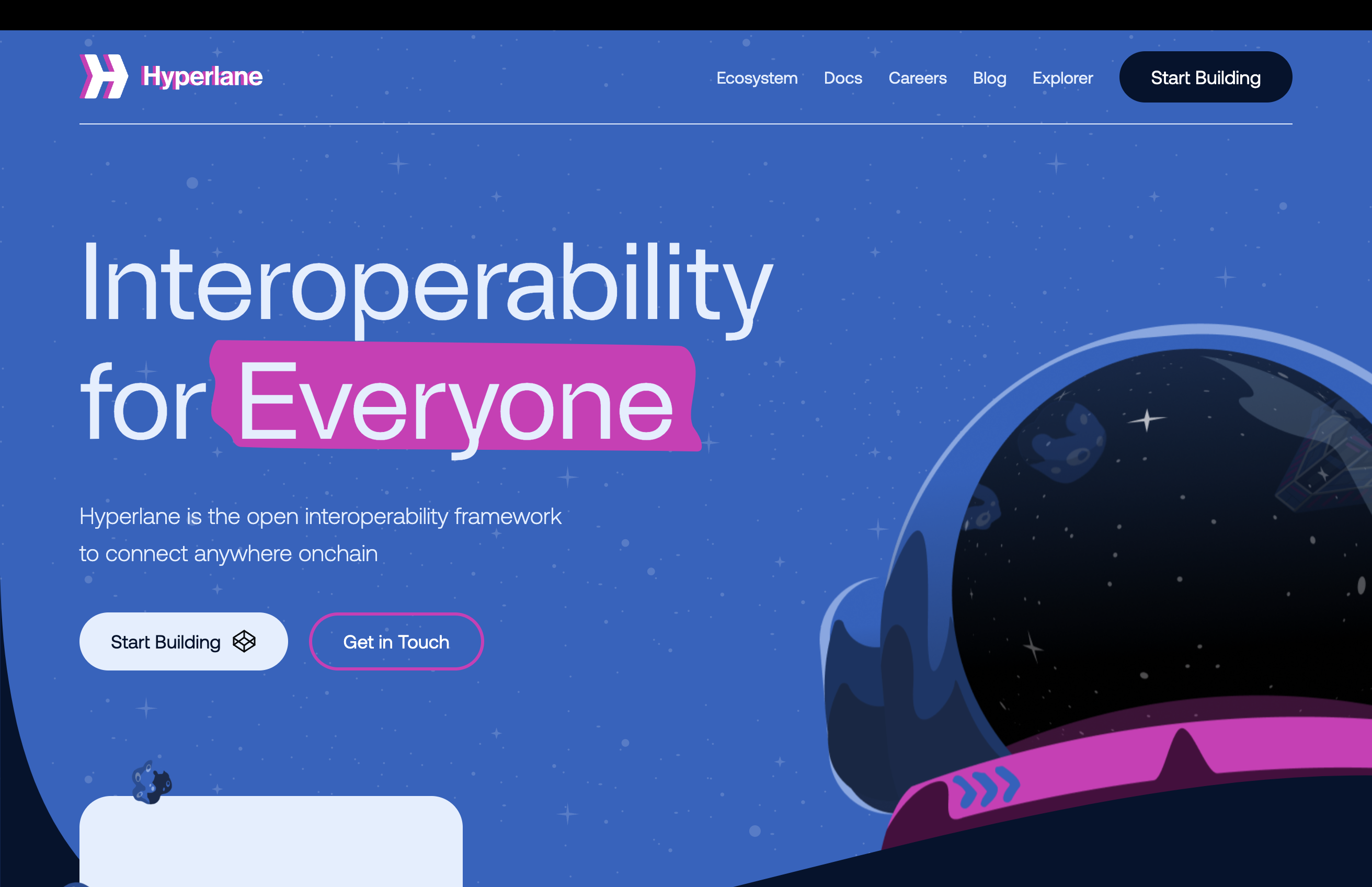Choosing the Best Interoperability Solution for Your Project
Axelar made this piece possible. Axelar is the shortest path to scale your web3 application across blockchains
Interoperability solutions are evolving to support more blockchains and asset classes while improving on the security defects that have occurred in the past and birthing more paradigms for adoption.
It’s safe to say that Interop is the technology at the edge of improving crypto UX in tokenizing real-world assets, decentralized stablecoins, and chain abstraction.
This short article highlights the most prominent players in interoperability. It provides a brief overview of their features and aspects to help you make informed, data-driven decisions if you’re trying to choose an interop solution.
1. Axelar Network

Axelar is the web3 interoperability layer for seamless communication and asset transfers between blockchains.
Axelar features a decentralized architecture with a proof of stake mechanism from the Cosmos SDK that allows You to integrate chains from Cosmos, Ethereum, and several other ecosystems to build cross-chain apps, smart contracts, and tokens.
Axelar supports the entire blockchain interoperability stack from chain abstraction to interchain tokens and messaging on fungible, non-fungible and real-world assets.
For Security, Axelar uses the validator network from the Axelar chain to maintain integrity for cross-chain transactions. The validators validate transactions for consensus before execution to mitigate the risk of single points of failure and the constant hacks you may be prone to from using other solutions.
2. Wormhole

Wormhole is a cross-chain messaging protocol for transferring data and assets across multiple blockchains.
Wormhole provides tools to build cross-chain DeFi protocols and governance systems on 30+ supported Solana, Ethereum, and Move blockchains.
For Security, Wormhole is secured by 19 globally distributed Guardian nodes that sign messages via private key proof of authority.
3. LayerZero

LayerZero is another cross-chain messaging protocol for bridging assets and message passing between networks.
LayerZero allows you to build apps across chains while controlling their security models.
The LayerZero architecture provides nearly instant finality for cross-chain transactions, so they’re confirmed as soon as they’re included in a block.
For Security, LayerZero uses multiple approaches, including a decentralized verification network (DVN) that is permissible enough for anyone to enhance security further and Pre-crime detection for malicious transactions where the relayer should stop hacks before they happen.
4. Hyperlane

Hyperlane is an open, customizable messaging protocol that’s easy to deploy on any blockchain.
Hyperplane focuses on flexibility and autonomy. With Hyperlane, You can choose what chains you want to integrate based on your security preferences,
Hyperlane uses a slashing mechanism for its validator set (proof-of-stake) to disincentivize malicious behaviour. Each supported blockchain has its validator set, and you can define your security protocols through sovereign consensus.
Comparing the Interoperability Projects
These interoperability projects have unique features and are tailored for various project types with varying approaches to security and flexibility.
Here’s a comparison table that overviews the different aspects of blockchain interoperability across the big players in interoperability.
| Aspects | Axelar | Wormhole | LayerZero | Hyperlane |
|---|---|---|---|---|
| Type | Full-stack decentralized transport layer | Cross-chain messaging protocol | Omnichain interoperability protocol | Cross-chain messaging protocol |
| Architecture | Hub and Spoke | Relies on guardians for transaction validation | Hybrid model with on-chain and off-chain components | Uses a modular approach for messaging |
| Trust Model | Consensus agnostic; validators maintain operations | Externally verified by guardians | Combination of on-chain verification and off-chain relayers | Externally verified with a focus on modularity |
| Security Features | Validators reach a consensus before execution | Guarded by 19 validator nodes | Validators Pre-crime detection for malicious transactions | Focus on security through modular components |
| Ecosystem Compatibility | Interoperable with EVM, Bitcoin, and Cosmos | Primarily EVM-focused, with some Solana support | Broad support across multiple ecosystems, including Solana, EVM | Designed for cross-chain communication. |
| Number of Chains Supported | 66+ blockchains | 30+ blockchains | 70+ Blockchains | 50+ Blockchains |
| Asset Types Supported | RWAs, NFTs, Fungible tokens | NFTs and Fungible tokens | NFTs and Fungible tokens | NFTs and Fungible tokens |
| Paradigms | Bridging, Tokenization, Chain Abstraction, General Message Passing | Bridging, Chain Abstraction, Message Passing | Bridging, Message Passing | Bridging, Message Passing |
| Try It Out | Squidrouter.com | PortalBridge.com | Stargate.finance | Usenexus.org |
Deducing from the table, Axelar has the most green flags for an interop project. Axelar supports more asset types and paradigms while staying decentralized with a great trust model and supporting 66+ blockchains.
You can scan through the table and check out the documentation of these projects to learn more and eventually pick a project that suits your project’s specifications.
Conclusion
You’ve learned about the four biggest players in blockchain interoperability at the moment, and their aspects, and you have a comparison table that you can use to make decisions.
You can test these services and contact teams using them to learn more about how these solutions may suit your project’s requirements.